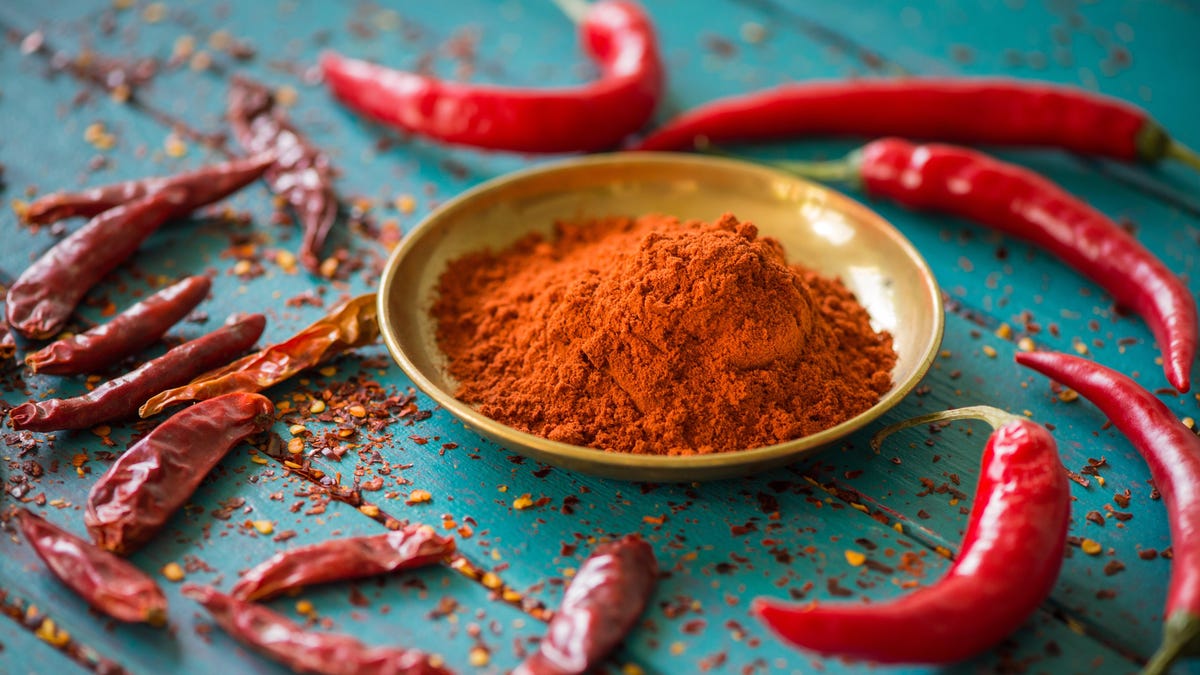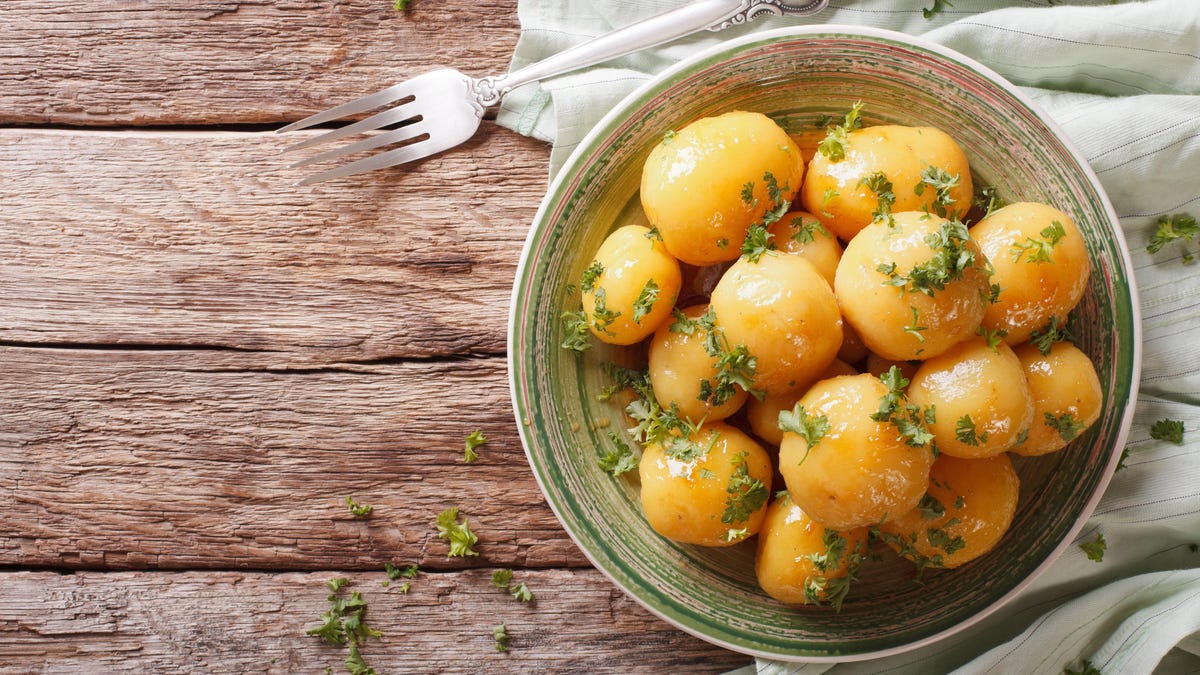The Difference Between Chili Powder, Pepper-Specific Chili Powder, and Chili Flakes
The other night, I got quite high and decided it would be a good idea to make some chili. I had thawed too many sirloin steaks and needed a way to use them, stat. I ground them up with...


Photo: marcin jucha (Shutterstock)
The other night, I got quite high and decided it would be a good idea to make some chili. I had thawed too many sirloin steaks and needed a way to use them, stat. I ground them up with my meat grinder and set out to incorporate them into what is perhaps my favorite simple chili recipe.
Things were going fine. I got the meat ground, and though I did mangle an onion, I got enough of it chopped. Then I rifled through my spice drawer to find the requisite powders and seasonings. I emerged with two chili powders: one “regular” (a blend of ground, dried chilis, garlic powder, and other spices), and one “ancho” (which is just dried and pulverized ancho chiles).
Thanks to THC, I interpreted “ancho chili powder” to be a blend of dehydrated ancho chiles, garlic powder, onion powder, paprika, and cayenne—just like “regular” chili powder, but made with ancho chilis. The recipe called for 1/4 cup of chili powder (a blend of chili pepper and spices), so I added 1/4 cup of ancho chili powder (just ground chilis). The result, my friends? Pain—exquisite, delicious pain.
How to know which chili powder you’re dealing with
I don’t regret the decisions I made, but I do wish I had known what I was doing in the moment, and the effect if would have on my chili (and my body). Luckily, there is an easy way to tell which kind of chili powder you’re dealing with. If your jar of chili powder has a specific pepper—such as “ancho,” or “chipotle”—listed in front of the words “chili powder,” you are dealing with a powder that is comprised solely of dried and ground chiles. If the bottle just says “chili powder,” you are dealing with a blend. (If there is any doubt, check the ingredients list on the back.)
What about chili flakes?
Much like pepper-specific powders, you can get chili flakes that are sourced from one type of chili, but blends are more common. The ubiquitous red pepper flakes you see at pizza parlors—called “crushed red pepper”—are made from a mixture of peppers (primarily cayenne) that are roasted or sun-dried and crushed into flaky little bits. They are hot and delicious, if kind of one-note, but undeniably incredible on pasta and pizza, two of my favorite foods.
But if you see a little jar that says “aleppo chili flakes,” that means, much like with ancho chili powder, those flakes come from one kind of pepper (in this case, aleppo). The heat and distinct flavors the flakes bring will depend on the type of pepper they are sourced from.
All of this might seem fairly obvious, but sometimes the obvious must be stated, especially if you are in the habit of making culinary decisions while high. And let’s be real, some of the best culinary decisions are made that way. (My work speaks for itself.)

 Tfoso
Tfoso 































